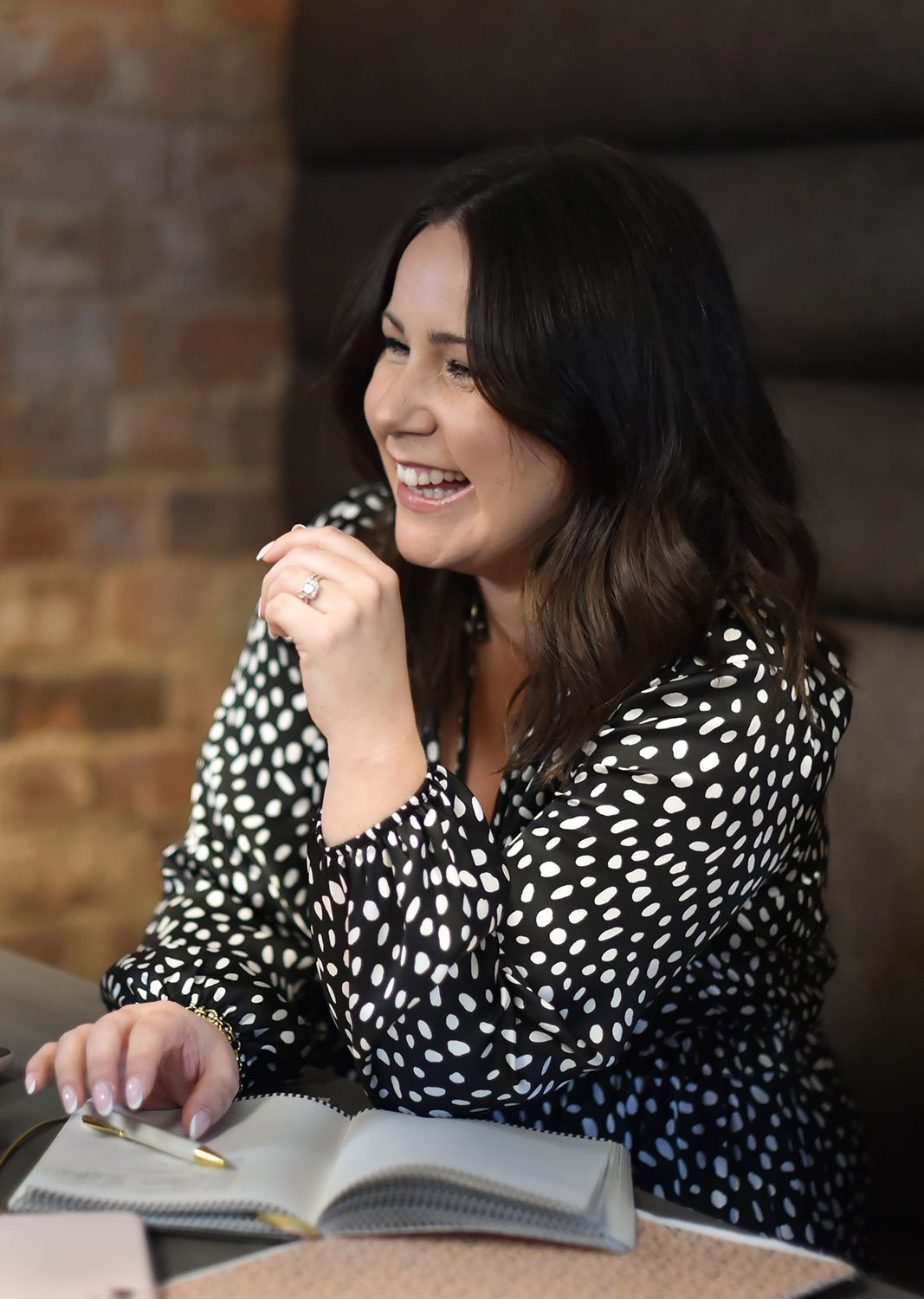Finding the Balance Between Website Aesthetics and Functionality: Best in Class Insights from Monroe Creative
Your website is a strong marketing tool that is going to drive traffic and conversions and the challenge is creating harmony between how it looks and how it works.
In this Best in Class Insights article, Tamsin Rennie, Founder of Monroe Creative, shares her expertise on finding the balance between website aesthetics and functionality. Over to Tamsin…
As both a brand designer and a website designer, I'm acutely aware of the important roles of a website's aesthetics and functionality. We want a beautifully designed, captivating website to complement our brand, but, we also want a strong marketing tool that is going to drive traffic and conversions.
It’s a delicate balance and the challenge is creating harmony between the two, ensuring they are aligned.
Thankfully, we no longer have to make the choice between a highly functional, soulless website that does well driving traffic but creates no connection, or a beautiful, on-brand website with all the visual bells and whistles but nobody finds it. We can have both and I’m here to tell you how…
THE GOAL OF A WEBSITE
When designing a website, before we even start writing copy or designing elements, we must always get clear on the goals of the website. These goals often include elements such as:
Building an emotional connection with your audience - this is essential for connecting with them and creating a sense of brand loyalty
Conversion - transforming visitors into customers or subscribers
Retention - keeping visitors engaged and encouraging them to return
Driving organic search traffic - ensuring it is easily found via search engines and as part of your marketing strategy
Informative - allowing visitors to find what they need quickly and easily
WEBSITE AESTHETICS
A website's aesthetics are its soul, forming the all-important first impression literally within milliseconds. According to a study, 38% of users will stop interacting with a website if the layout is unattractive (Forbes, 2018).
Humans are wired to respond emotionally to what we see, so your website’s aesthetics should be an extension of your brand and resonate with your target audience.
Elements like colours, typography, imagery and layout aren’t just design tools but strategic elements that will shape the user experience, they communicate your brand identity, values and mission, ensuring that your website does more than just function; it resonates on an emotional level with your audience.
Visual design is not just about making things look pretty; it's about influencing key information, building trust and sharing your brand message - think of the design as setting the overall mood and feeling of the website, helping to create an emotional bond with your users.
WEBSITE FUNCTIONALITY
In terms of a website, functionality encompasses user experience (UX), usability and technical performance.
A highly functional website is responsive, intuitive and efficient. Navigation should be intuitive, making it easy for users to find what they’re looking for within as few clicks as possible - search engines favour websites that are easy to navigate, which in turn helps drive organic traffic.
Technical aspects, such as fast loading speeds, strong SEO strategy and robust performance across devices, are also critical components of functionality.
ACHIEVING THE BALANCE
The ultimate challenge is to ensure that visuals don’t compromise functionality and vice versa. For instance, using low-contrast text or large, slow-loading images can make usability difficult, on the flip side, a site overly focused on functionality can end up looking dull and fail to really connect with the visitors.
Bearing the following tips in mind should help you achieve this balance:
Always start with the user in mind - understanding your target customer's preferences and needs
Give each page a clear objective - this means your design will always be goal-oriented rather than ‘just because it looks nice’
Copy first, design second - design around the copy rather than the other way around, making sure that key messaging isn’t lost
Optimise the performance - pay attention to technical aspects such as compressing images and optimising loading speeds
Create focus on the key elements of the page - our eyes are drawn to the largest elements first, making important information and calls to action stand out
Be consistent - in colours, typography and imagery
Ensure images are the right size and have alt text for accessibility
Typography should be legible, with proper use of heading tags for optimum SEO benefits
Navigation must be intuitive and straightforward, with clear and compelling calls to action
Simple and clear, always! Don’t be afraid of white space and avoid large chunks of text
Don’t be afraid of adding extra coding or styling elements if it supports your brand but always make sure that these aren’t impeding the overall functionality of your website
THE FINAL WORD
Striking the right balance between aesthetics and functionality is an art. It needs thoughtful consideration of your audience’s needs and a strategic approach to design. By focusing on both visual appeal and usability, you can create a website that not only looks great but also performs exceptionally well.
Remember, a website isn’t just a few pages on the internet; it’s your business shop front, a vital extension of your brand, and should be designed to connect, engage and convert your audience. Happy designing!


